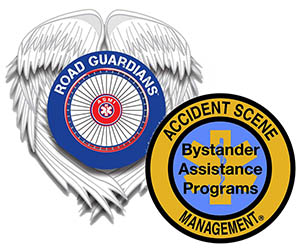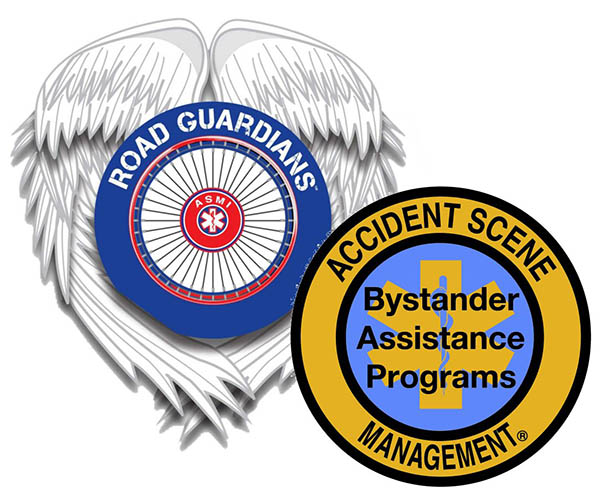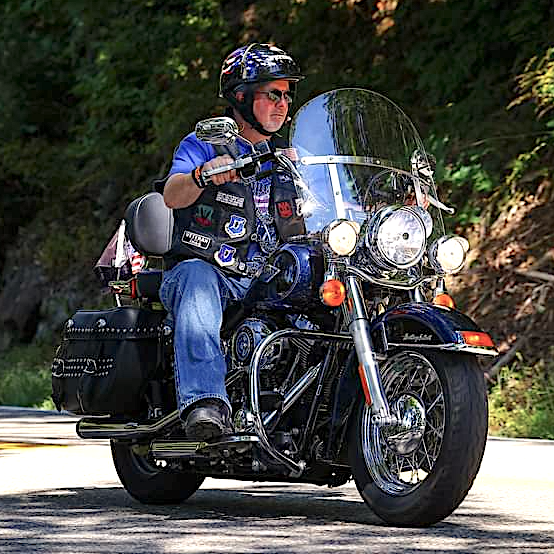
There’s nothing like hitting the open road in the summer air
With summer just around the corner, it’s time to start thinking about taking your motorcycle out of storage. To motorcyclists, there’s nothing like hitting the open road in the summer air. Although riding a motorcycle is exciting and fun for enthusiasts, it is important to be aware that accidents can happen, and those accidents can be deadly. Statistically speaking, most motorcycle accidents happen during the summer months. Here are a few motorcycle safety tips that will you help you stay safe on the roads this coming summer.
HOW DO I INSPECT MY MOTORCYCLE?
If your bike has been sitting for a while, it is important to give it a once over to make sure that it is safe to take out on the road. Be sure to check these important components:
- tire tread
- tire pressure
- headlights
- turn signals
- brake lights
It is also recommended that you get a tune-up once a year on your motorcycle. This not only keeps you safe on the roads, but it also protects the life of your motorcycle.
WHAT GEAR DO I NEED FOR RIDING BIKES?
Jeans, a T-shirt, and sandals are recipes for a painful disaster on a bike. With the hot summer weather, it can be tempting to wear the least amount of gear possible. Lightweight gear is sold specifically for this purpose, so you can remain cool but be protected at the same time. The essentials, such as a helmet, gloves, protective eyewear, and footwear are always necessary for safe bike riding.
SHOULD I RIDE MOTORCYCLES WHEN IT’S HOT?
Heat exhaustion is very common in motorcyclists in the hot summer weather. Try to avoid riding during the hottest hours of the day, which are the early afternoon to mid-afternoon. Instead, consider riding in the morning hours, which are usually much more pleasant, then stop for the afternoon to eat lunch, rest or enjoy some activities, then pick up riding later in the afternoon. It probably goes without saying, but in hot weather, it is extremely important to stay hydrated, especially if you are taking longer rides.
SHOULD I RIDE MOTORCYCLES WHEN IT’S RAINING?
Riding in slippery conditions increase your chances of an accident. Rain not only clouds your visibility, but it also reduces your tires’ grip on the road which can be very dangerous. If you have no choice but to ride in the rain, it is important to know that the most dangerous time is right after the precipitation starts.
This is because the water causes oil residue on the pavement to rise to the top, which can make the roads extra slick. Avoid making any sudden maneuvers, and be sure to be especially gentle with braking and steering. In addition to riding in the rain, be aware that strong side winds can be another hazard. You can be proactive by anticipating the potential push from the side by moving to the side of the lane the wind is coming from.
WATCH OUT FOR POTHOLES AND OTHER ROAD HAZARDS!
The transition from winter to summer is an exciting time for riders, but that transition can also do a number on the roads. Motorcycles have less contact with the pavement than cars do. Sand, wet leaves, and stones can easily cause a motorcycle to slide.
It is important to watch out for potholes. Bumps and potholes that you might barely notice in a car can pose serious danger when on a bike. If you can’t avoid them, slow down as much as possible before encountering them, with minimal steering input.
BE SURE THAT YOUR MOTORCYCLE INSURANCE IS CURRENT
Before hitting the road, it is important to make sure that your insurance is active. If your motorcycle insurance has lapsed, you will have to purchase a new policy prior to hitting the road. Make sure that you have the maximum bodily injury and uninsured motorist coverage available in addition to property damage. If you are injured in an accident, you will want to make sure you have the ability to pay all your medical bills.
CONSIDER ENROLLING IN AND TAKING A REFRESHER COURSE
If you haven’t been on your bike in a long time, it’s not a bad time to consider taking a refresher course. Most states make it a requirement for new riders to participate in a road safety course before they get on a motorcycle, but also offer refresher courses to help boost your confidence if it has been a while since you’ve been on your bike.
REMAIN VISIBLE AND PRACTICE DEFENSIVE DRIVING
As you prepare to hit the road this summer riding season, keep defensive driving at the top of mind. Ensure that you keep adequate distance between you and the vehicles around you. You need to be extra alert, especially in this age of epidemic phone use and texting behind the wheel. Keep an eye out for cars suddenly changing lanes or pulling out from side streets. Ensure all of your lights are operational and invest in gear that creates additional visibility—both day and night. This includes bold colors and gear with reflective stripes.
KNOW THE LIMITS OF YOUR MOTORCYCLE
If you are an experienced motorcyclist, you most likely know what your bike’s limits are and aren’t. It important to keep in mind these limits for safe summer riding. This includes speed, distance, and weather. If you will be taking a road trip or traveling long distances, always have another plan in place for when unexpected road or weather conditions arise.
BE PREPARED FOR PASSENGERS RIDING WITH YOU
If you enjoy riding with a passenger, ensure you are prepared for them accompanying you. This includes investing in another helmet, and secondary riding gear. Also be sure to educate first-time passengers on how your bike moves, your preferred method of communication, and any likes and dislikes you have as the driver.
A ROAD IS A PLACE FOR BOTH CARS AND MOTORCYCLES
The thrill of the open road and unique maneuverability can make it tempting to test your skills and limits. However, safety must come first and foremost. Ensure that you ride respectfully. Do not weave in and out of traffic, and respect the laws of the road. If you want to test your skills, find an off-road course where you can do so in a controlled environment.
Even the most experienced rider should take safety precautions when riding on a hot day. With the help of some preparation and a backup plan, you can take your bike on the road with the knowledge that you are better prepared to handle the summer weather.
This Article was Provided by Stevenson-Klotz Injury Lawyers. To view the original article click HERE







